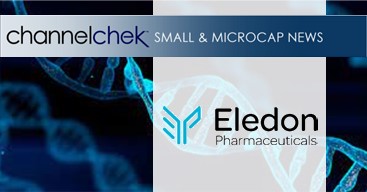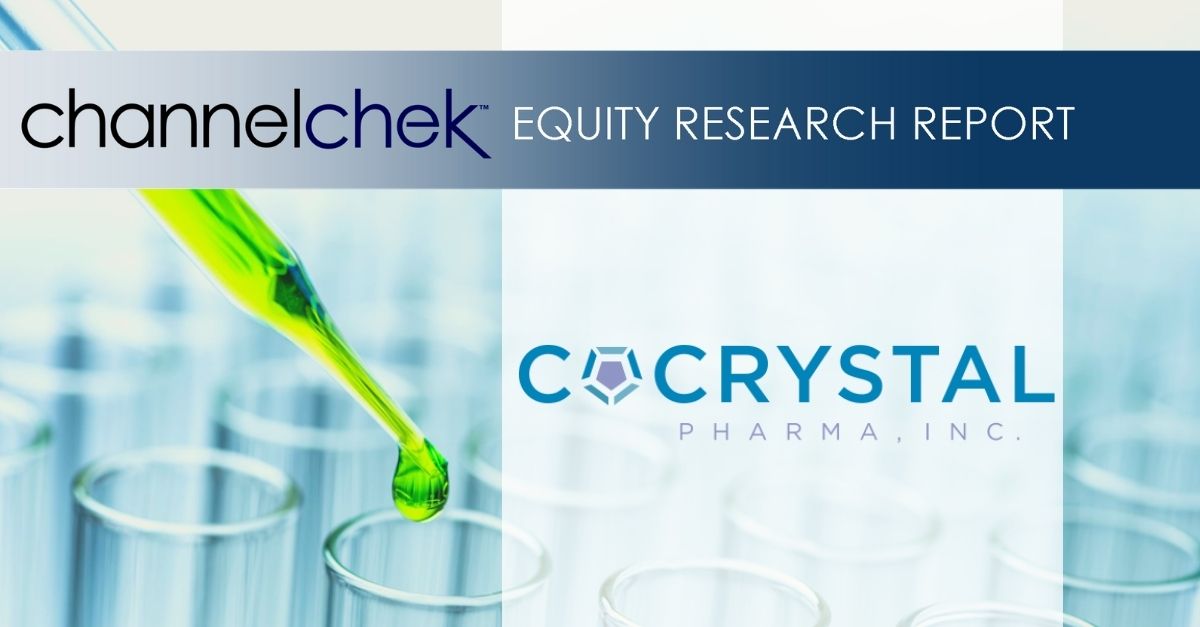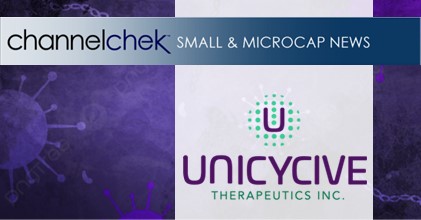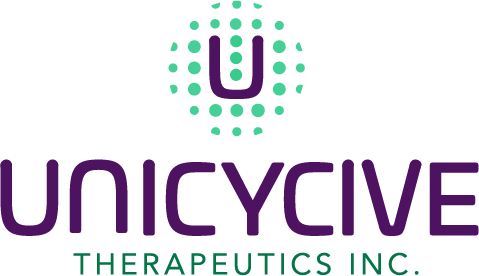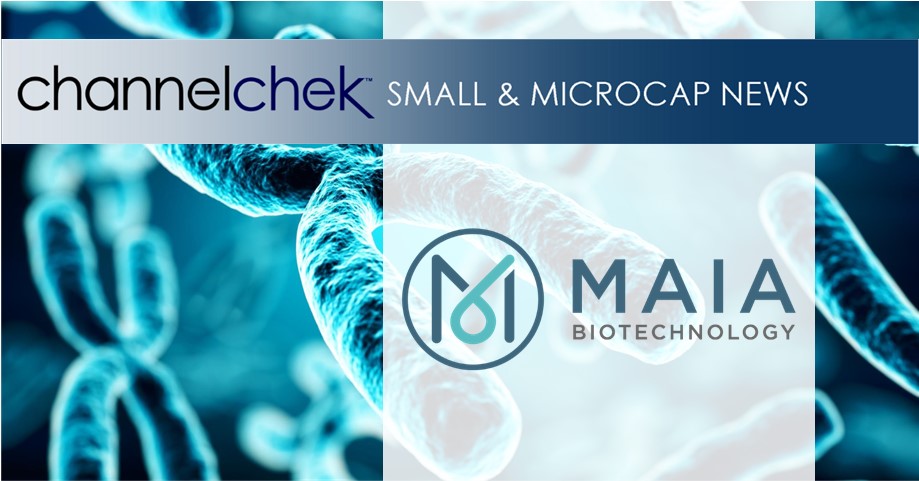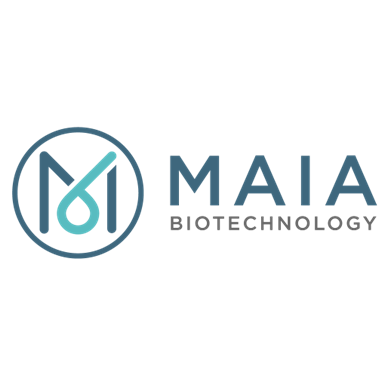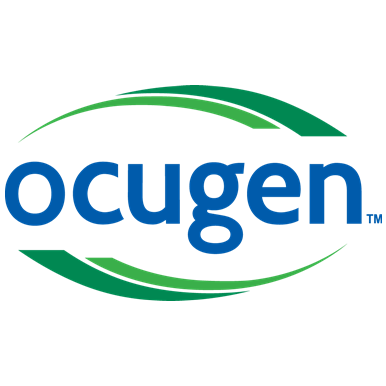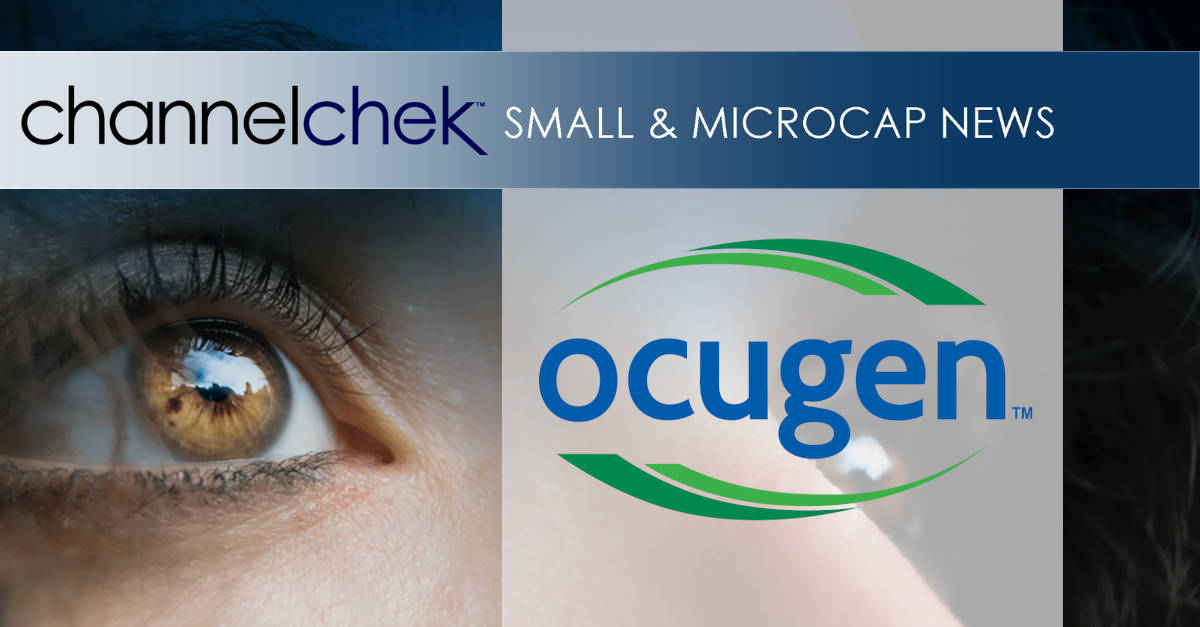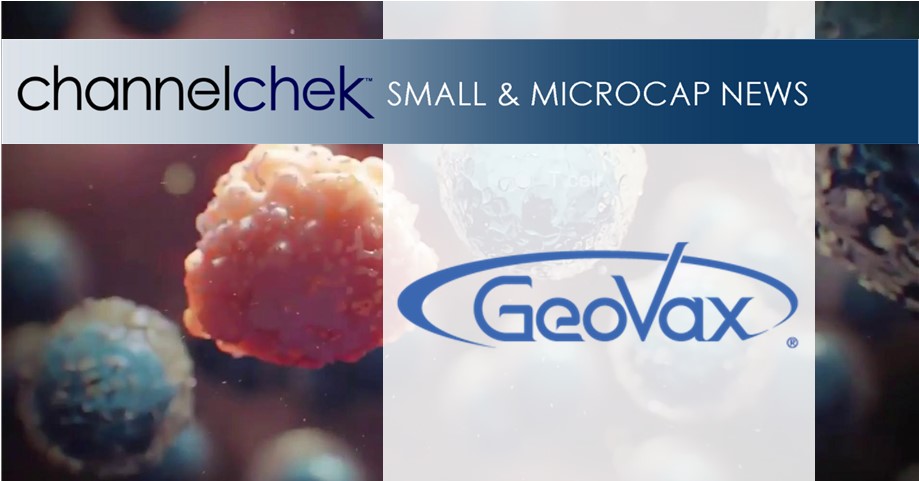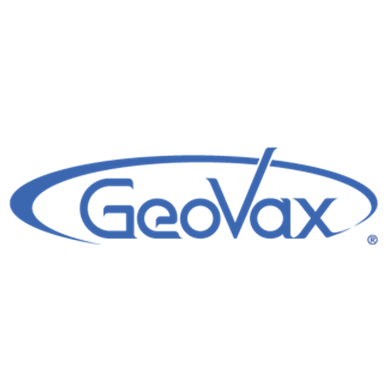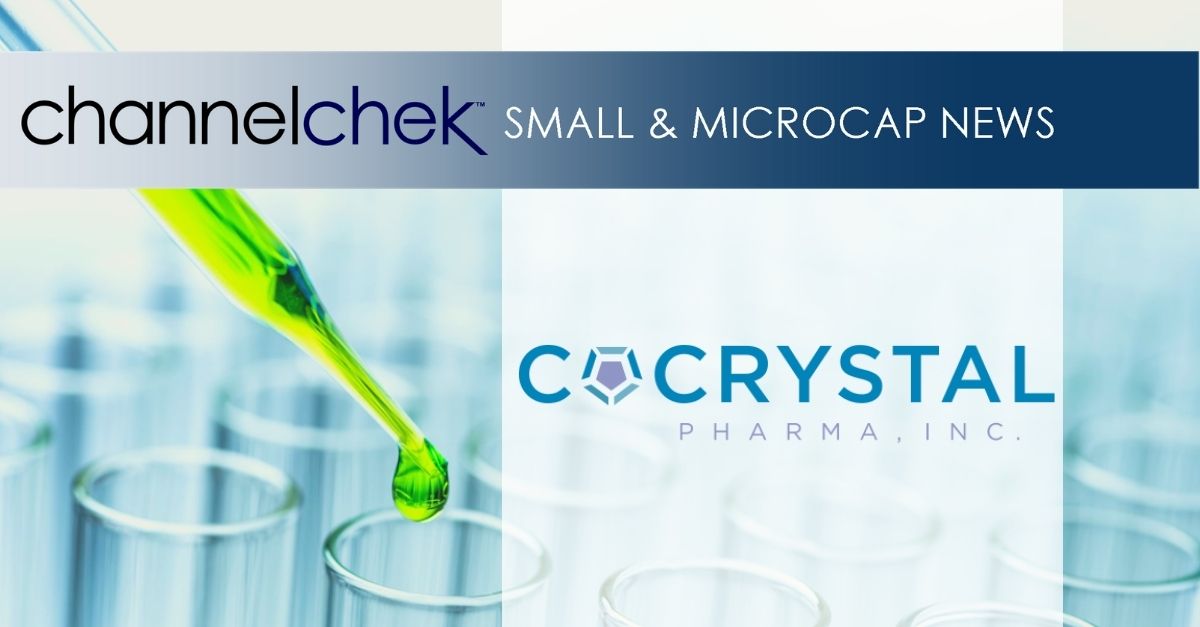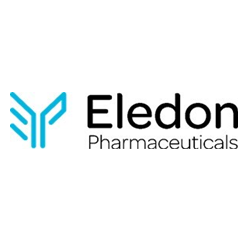
Research News and Market Data on ELDN
August 14, 2025
Updated data from ongoing open-label Phase 1b trial demonstrated a mean 12-month eGFR of approximately 68 mL/min/1.73 m2 post-transplant for patients on tegoprubart
Company on track to report topline results from Phase 2 BESTOW trial in kidney transplantation in November 2025
Cash, cash equivalents and short-term investments of $107.6 million as of June 30, 2025
IRVINE, Calif., Aug. 14, 2025 (GLOBE NEWSWIRE) — Eledon Pharmaceuticals, Inc. (“Eledon”) (Nasdaq: ELDN) today reported its second quarter 2025 operating and financial results and reviewed recent business highlights.
“We are proud to enter the second half of the year with strong momentum as we have achieved all of our key milestones to date including advancing tegoprubart in kidney, islet cell (type 1 diabetes), and liver allotransplantation, as well as in xenotransplantation. The positive data we recently presented at the World Transplant Congress reinforce the potential of tegoprubart to improve long-term transplant outcomes while reducing the toxic side effects often associated with the current standard of care,” said David-Alexandre C. Gros, M.D., Chief Executive Officer of Eledon. “With these encouraging results in hand, we look forward to sharing topline data later this year from our Phase 2 BESTOW trial in kidney transplantation and to continuing to explore tegoprubart’s broad potential in other transplant indications.”
Year-to-Date 2025 Business Highlights
- Presented updated data at the World Transplant Congress (WTC) in August 2025 from the ongoing Phase 1b open-label trial evaluating tegoprubart for the prevention of organ rejection in kidney transplant patients. Updated data from 32 participants demonstrated that tegoprubart continues to be well tolerated with no cases of death, graft loss, drug related tremor, sepsis, or new-onset diabetes. Kidney function, as assessed by estimated glomerular filtration rate (eGFR), generally stabilized after the first month post-transplant and remained in the range of approximately 68 mL/min/1.73 m2 through 12 months for participants (n=12) who remained on tegoprubart. For comparison, data from historical studies using the standard of care, calcineurin inhibitor-based immunosuppression therapy, typically report aggregate mean eGFRs of approximately 53 mL/min/1.73 m2 at 12 months after kidney transplant.
- In June 2025, a third patient was treated with tegoprubart as a cornerstone component of the immunosuppression treatment regimen following kidney xenotransplantation conducted at Massachusetts General Hospital (MGH) in collaboration with eGenesis.
- Announced the first three islet cell transplant recipients treated at the University of Chicago Medicine’s Transplant Institute in an investigator-initiated trial evaluating tegoprubart as part of an immunosuppression regimen for the prevention of islet transplant rejection achieved insulin independence. An additional three islet transplant recipients have now been enrolled as well, bringing the total enrollment in the trial to six patients.
- Preclinical data in liver allotransplantation utilizing tegoprubart was presented at WTC 2025 demonstrating markedly prolonged graft survival in non-human primates (NHPs) by targeting the CD40 Ligand pathway and the potential for transplant tolerance induction.
- Announced a second investigator-initiated trial at the University of Chicago Medicine’s Transplant Institute evaluating tegoprubart as part of an immunosuppression regimen for the prevention of islet transplant rejection in patients with impaired kidney function.
- Hosted an R&D Day in New York City that highlighted recent progress for the Company’s lead investigational candidate, tegoprubart, with a focus on its clinical development progress in organ and cell transplantation, including the ongoing Phase 2 BESTOW trial. The event featured members of Eledon’s executive team and leading experts in the field of transplantation. A replay of the R&D Day event can be found on Eledon’s website at https://ir.eledon.com/news-and-events/events
- In June 2025, the Company was added to the Russell 3000® and Russell 2000® Indexes following the annual reconstitution, broadening visibility among investors as Eledon approaches key regulatory milestones.
Anticipated Upcoming Milestones for 2H 2025
- November 2025: Report topline results from the Phase 2 BESTOW trial of tegoprubart in kidney transplantation.
- Launch an investigator-initiated trial at MGH evaluating tegoprubart as part of an immunosuppression regimen to induce donor-specific immune tolerance through mixed chimerism.
- Enroll three additional patients in the investigator-led clinical trial at UChicago Medicine in subjects with type 1 diabetes treated with tegoprubart as part of an immunosuppression regimen for the prevention of pancreatic islet transplant rejection.
Second Quarter 2025 Financial Results
Cash, cash equivalents and short-term investments totaled $107.6 million as of June 30, 2025 compared to $140.2 million as of December 31, 2024. The company expects current cash, cash equivalents and short-term investments to fund operations to the end of 2026.
Research and development (R&D) expenses for the second quarter of 2025 were $20.3 million, including $1.1 million of non-cash stock-based compensation expense, compared to $10.1 million, including $0.8 million of non-cash stock-based compensation expense, for the comparable period in 2024.
General and administrative expenses for the second quarter of 2025 were $4.5 million, including $1.6 million of non-cash stock-based compensation expense, compared to $4.4 million, including $2.2 million of non-cash stock-based compensation expense, for the comparable period in 2024.
Net loss for the second quarter of 2025 was $11.2 million, or $0.13 per basic common share, compared to a net loss of $44.9 million, or $0.92 per basic common share, for the comparable period in 2024.
About Eledon Pharmaceuticals and tegoprubart
Eledon Pharmaceuticals, Inc. is a clinical stage biotechnology company that is developing immune-modulating therapies for the management and treatment of life-threatening conditions. The Company’s lead investigational product is tegoprubart, an anti-CD40L antibody with high affinity for the CD40 Ligand, a well-validated biological target that has broad therapeutic potential. The central role of CD40L signaling in both adaptive and innate immune cell activation and function positions it as an attractive target for non-lymphocyte depleting, immunomodulatory therapeutic intervention. The Company is building upon a deep historical knowledge of anti-CD40 Ligand biology to conduct preclinical and clinical studies in kidney allograft transplantation, xenotransplantation, liver allograft transplantation, and amyotrophic lateral sclerosis (ALS). Eledon is headquartered in Irvine, California. For more information, please visit the Company’s website at www.eledon.com.
Follow Eledon Pharmaceuticals on social media: LinkedIn; Twitter
Forward Looking Statements
This press release contains forward-looking statements that involve substantial risks and uncertainties. Any statements about the company’s future expectations, plans and prospects, including statements about planned clinical trials, the development of product candidates, expected timing for initiation of future clinical trials, expected timing for receipt of data from clinical trials, the company’s capital resources and ability to finance planned clinical trials, as well as other statements containing the words “believes,” “anticipates,” “plans,” “expects,” “estimates,” “intends,” “predicts,” “projects,” “targets,” “looks forward,” “could,” “may,” and similar expressions, constitute forward-looking statements within the meaning of the Private Securities Litigation Reform Act of 1995. Forward-looking statements are inherently uncertain and are subject to numerous risks and uncertainties, including: risks relating to the safety and efficacy of our drug candidates; risks relating to clinical development timelines, including interactions with regulators and clinical sides, as well as patient enrollment; risks relating to costs of clinical trials and the sufficiency of the company’s capital resources to fund planned clinical trials; and risks associated with the impact of the ongoing coronavirus pandemic. Actual results may differ materially from those indicated by such forward-looking statements as a result of various factors. These risks and uncertainties, as well as other risks and uncertainties that could cause the company’s actual results to differ significantly from the forward-looking statements contained herein, are discussed in our quarterly 10-Q, annual 10-K, and other filings with the U.S. Securities and Exchange Commission, which can be found at www.sec.gov. Any forward-looking statements contained in this press release speak only as of the date hereof and not of any future date, and the company expressly disclaims any intent to update any forward-looking statements, whether as a result of new information, future events or otherwise.
Investor Contact:
Stephen Jasper
Gilmartin Group
(858) 525 2047
stephen@gilmartinir.com
Media Contact:
Jenna Urban
CG Life
(212) 253 8881
jurban@cglife.com
Source: Eledon Pharmaceuticals
